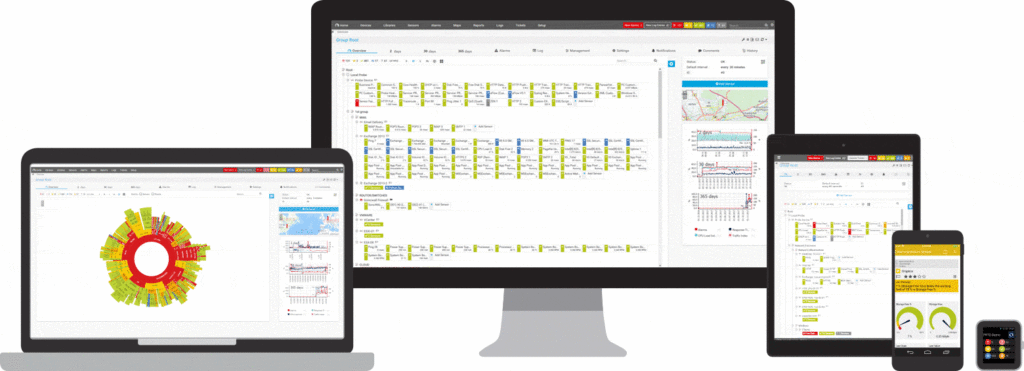SNMP Monitoring
SNMP monitoring is useful for anyone who is responsible for servers and network devices such as hosts, routers, hubs and switches. It lets you keep an eye on network and bandwidth usage, and track important issues such as uptime and traffic levels.
Find out what applications and servers are using up your bandwidth
Avoid performance
bottlenecks
Deliver better quality of service to your users by being proactive
Reduce costs by buying bandwidth and hardware according to actual load
Watch how PRTG uses SNMP
Watch this short PRTG introduction and learn all about the basics of SNMP. What is it used for and what are the advantages?
SNMP CPU Load Sensor
This sensor shows you the extent to which your processors are being utilized. The load is displayed as a percentage in a typical PRTG tachometer, in PRTG called “gauges”.
SNMP Disk Free Sensor
This sensor shows you how much hard disk space is available. This value is displayed as a percentage and in bytes.
SNMP Disk Free Sensor
This sensor shows you how much memory is left. This sensor allows you to make plans to upgrade your hardware, if necessary.
SNMP Traffic Sensor
With this sensor, you get a constant overview of the amount of data traffic flowing through a device’s ports. Should the load begin to increase at a critical rate, you’ll be notified quickly.
SNMP Hardware Status Sensor
PRTG is a good choice for those who have many different accounts with Amazon and who wish to avoid having to constantly jump from one account to anotheSensor: This sensor allows you to keep a constant eye on your hardware, whether devices from Cisco, Dell or IBM. You will see if your devices are running and be notified in the event of a crash.r








